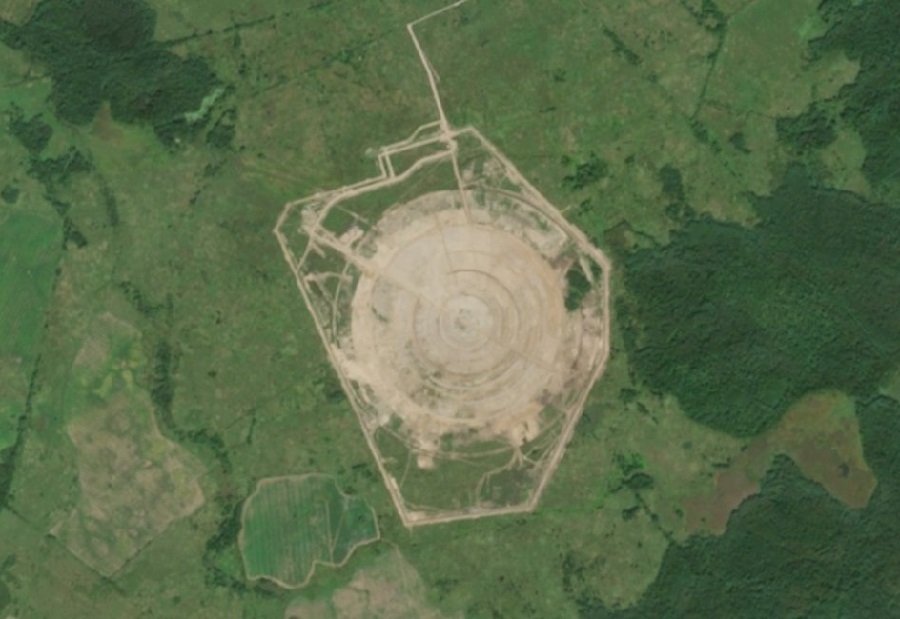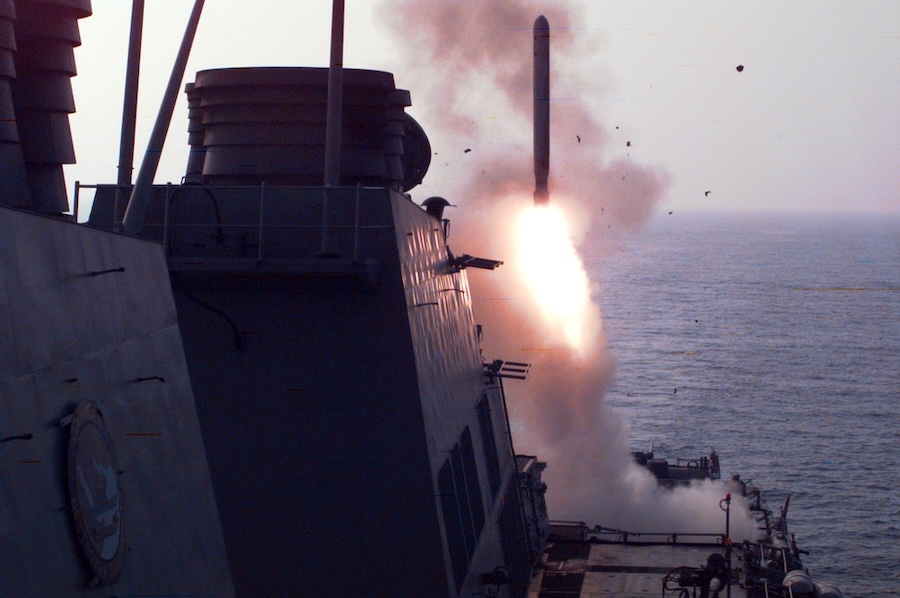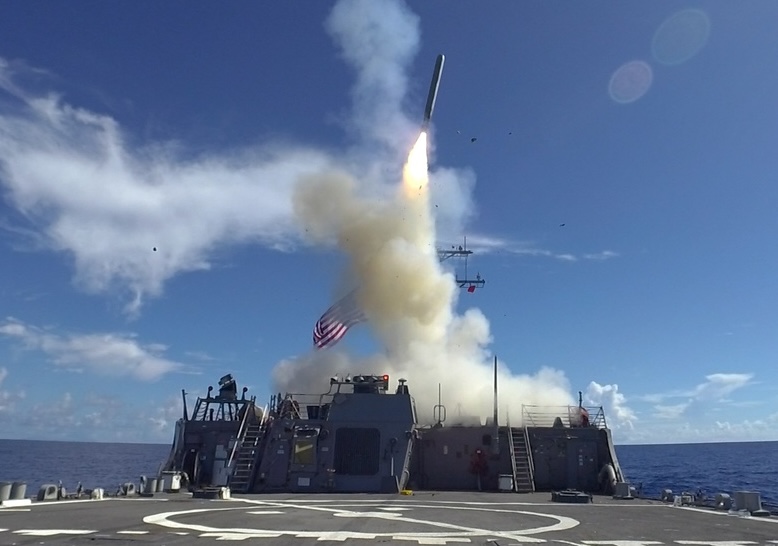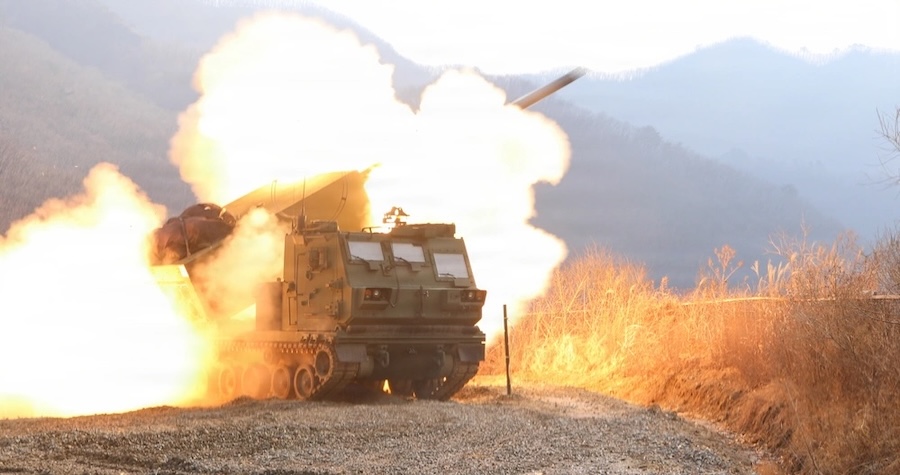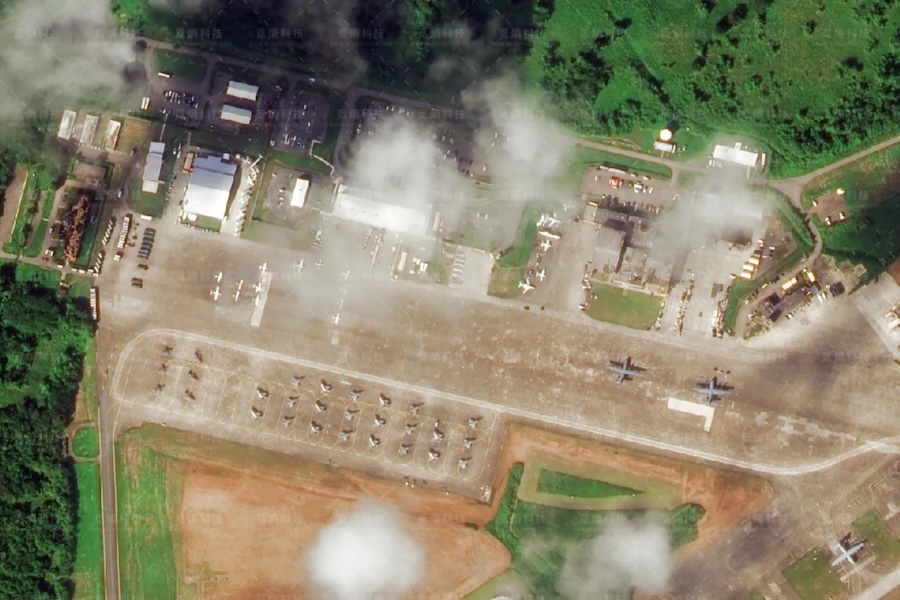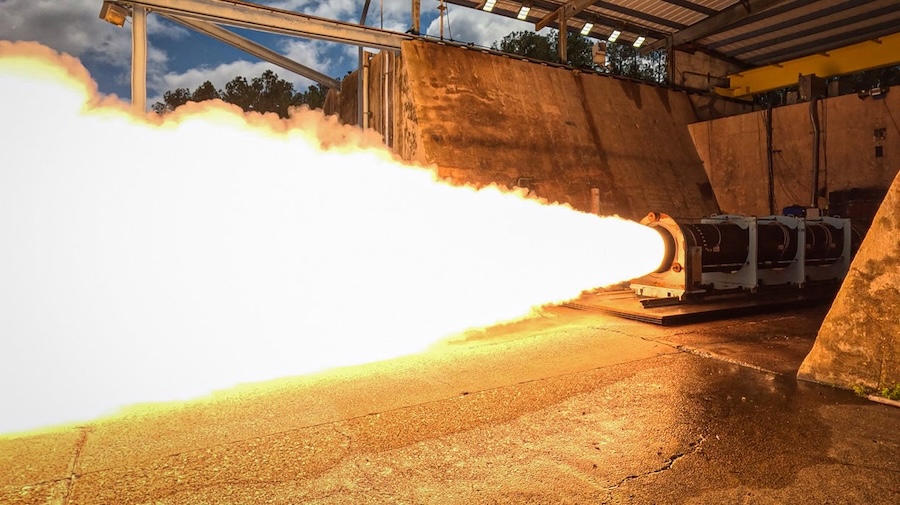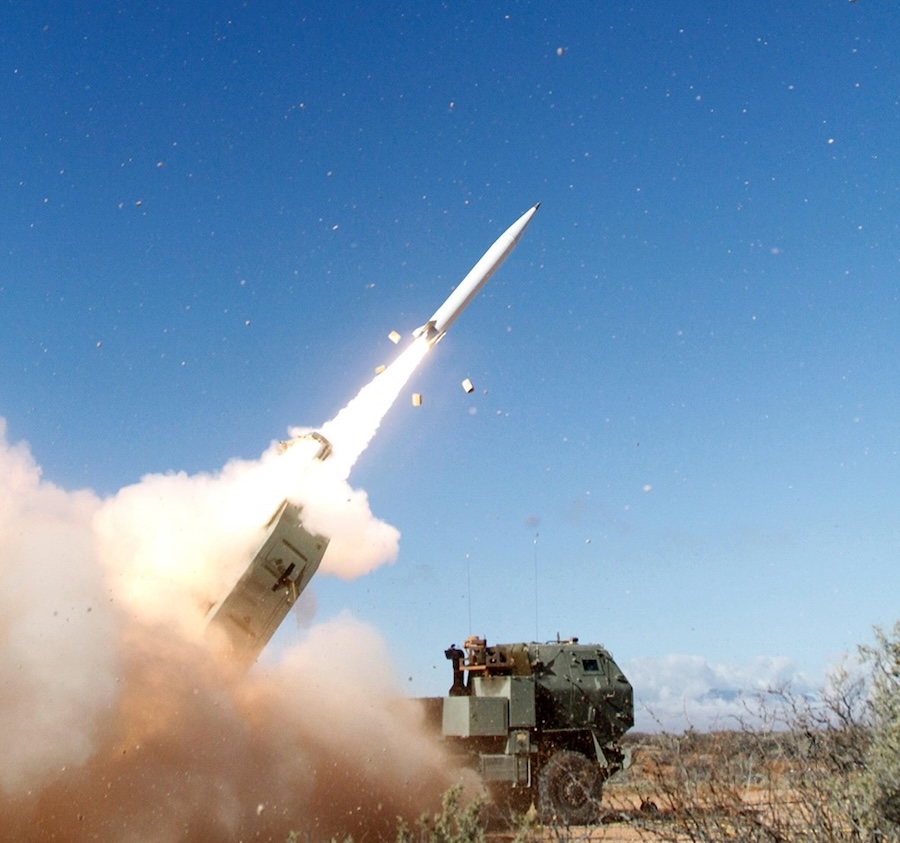The CDAA type was developed by German scientists during the Second World War and became particularly widespread in the Cold War. The Soviet Union built at least 30 Krug antennas based on the German design, though the largest previously known CDAA was only 410 metres across and located near Augsburg in Germany.
These arrays consist of a central structure encircled by antenna rings, with the diameter tailored to the frequencies targeted. Some have multiple concentric circles, enabling them to cover a wide range of frequencies from a few to about 30 MHz.
Construction in Kaliningrad began in March 2023 with forest clearance and access roads, and seven antenna rings have so far been completed. The site is surrounded by fencing characteristic of military facilities, and analysts suggest that completion will take several more years.
Experts estimate the range of the installation could exceed 7,000 kilometres. Its location so close to NATO member Poland raises questions, since despite its vast range, the array has been placed in a position where it could be quickly destroyed with conventional artillery in the event of conflict.


